Today’s rapidly changing digital landscape is altering the design and visualization realms through such revolutionary technologies as concept photos and 3D modelling. These tools not only boost creativity but also change how ideas in countless sectors are expressed and turned into reality.
The Rise of Concept Photos
Concept photos, often referred to as mood boards or visual collages, serve as the first ignition for creative projects. They combine images, colours, textures, and typography to depict the fundamental nature and orientation of a design concept. Concept photos are different from conventional sketches or written briefs; they provide visual stories to which stakeholders or clients can relate.
- Visual Storytelling: Creative images excel in storytelling by capturing the mood, theme, and intended emotions of a project. These visuals give a wider scope than words do when writing about a new product, digital interface, or physical space. For example, in the fashion industry, concept photos enable designers to communicate the overall theme and aesthetic of an entire collection to stakeholders and buyers, hence influencing fabric choices and colours, among others.
- Collaboration and Ideation: Concept images serve as collaborative tools that bring together designers, clients, and stakeholders right at the start of the design process. Concept photos simplify decision-making processes by providing actual visualizations, leading to alignment on design objectives and aesthetics that need to be met. In architecture, for instance, architects use concept photographs as a way of presenting initial design ideas to clients, thus helping them see what spaces will look like before moving into detailed architectural drawings.
- Inspiration and Exploration: Conceptual pictures encourage exploration through experimentation. Designers often take hints from different sources, blending styles as well as influences, so they can create unique and vivid stories that resonate with target audiences. For instance, in graphic design, artists can experiment with various visual elements using concept photos.
The transformative power of 3D modelling
While concept photos set up a situation, 3D modelling takes the exploration of design to another level by making it dynamic and interactive.
- Realism and Precision: 3D models have unparalleled realism and precision in simulating real-world environments. Designers can visualize all the details and test their functionality before they are implemented in modelling architectural spaces, product prototypes, or digital avatars. For automotive designers, 3D modelling helps them refine vehicle aerodynamics and aesthetics, which reduces the number of physical prototypes required, thereby speeding up time-to-market.
- Iterative Design Process: They support iterative design processes where designers make real-time adjustments and refinements based on feedback from users. This makes innovation faster while minimizing costly production changes. In terms of product development, iterative 3D modelling allows for quick prototyping as well as usability testing to ensure that final products correspond with customer expectations regarding use as well as aesthetic appearance.
- Enhanced Client Engagement: 3D models improve client engagement through immersive experiences provided by them. Virtual prototypes enable clients to interact with different angles, materials, configurations, etc. so that they can make informed decisions regarding their vision objectives, thereby increasing customer satisfaction.
Renewal and Prospects
The future of inclusive and intuitive design is in the convergence of concept photos with 3D modelling. Designers must be more daring, push forward, and test boundaries as they take advantage of ever-advancing technology to create a remarkable cross-industry experience.
- Demographics and Inclusion: Advanced software and hardware have helped democratize access to these technologies that make it possible for artists from all walks of life to utilize their creative prowess towards innovation. Through online platforms and cloud-based solutions, designers can work together despite being geographically distant, sharing three-dimensional images or refining designs live on the web even when they are not in the same geographical location.
- Cross-Sectoral Application: This means that automotive design, fashion design, architecture, and healthcare, among others, can benefit from concept photos and 3-D modelling that cut across boundaries, proving versatility in answering sectoral needs among many other issues. For instance, computer-generated imagery has transformed medical device development through surgical planning by making it possible to individualize treatment options for better patient outcomes.
- Sustainability and Ethical Concerns: Design is increasingly focusing on sustainability and ethical practices. Concept photos, along with three-dimensional modelling, will alter how companies engage in surgeries and prepare personalized treatments, according to O’Brien (2014).
How Pluto Planet Utilizes Concept Photos and 3D Modeling for Innovative Design Solutions
Pluto Planet Inc. can leverage concept photos and 3D modelling in several impactful ways for future office design:
- Visualizing Design Concepts: Concept photos and 3D models allow clients to visualize proposed designs more realistically before implementation, ensuring alignment with their vision and needs.
- Iterative Design Process: Using 3D modelling enables iterative design improvements based on client feedback, fostering a collaborative design process that enhances satisfaction.
- Space Optimization: Concept photos and 3D models help optimize space utilization by simulating different layout options and evaluating ergonomic considerations, ensuring efficiency and comfort.
- Tech Integration: Showcasing tech-friendly interiors through these visuals demonstrates Pluto Planet's capability to integrate modern technologies seamlessly into workspace designs.
- Marketing and Client Engagement: High-quality concept photos and 3D renders serve as powerful marketing tools, attracting potential clients and showcasing Pluto Planet's design expertise effectively.
By harnessing concept photos and 3D modelling, Pluto Planet Inc. can not only enhance design precision but also elevate client satisfaction and project success in the evolving landscape of office space design.
Conclusion
Future design, with concept photos and 3D modelling, is sure to be vibrant. This means that designers can express their creativity better, create lasting relationships that are rich in meaning, and create experiences that will appeal to people all over the globe. In this age of transformation, however, one thing remains clear: the significance of visual storytelling through pictures and innovation will continue to expand design boundaries. Concept photos and 3D modelling are at the forefront of this new era of design, where imagination meets technology to make an impact or leave a lasting impression while enhancing customer engagement, shortening iterative processes, or promoting sustainability. Concept photos help designers capture their ideas, thereby facilitating collaborative ideation across industries. On the other hand, 3D modelling allows for more realistic visualization and accurate definition of concepts, which in turn helps revolutionize how products, spaces, and experiences are visualized and brought into existence. By doing so, they not only expedite innovation but also revolutionize the way towards sustainable and inclusive design practices, whereby creativity must combine with technology if we are to have a better tomorrow.
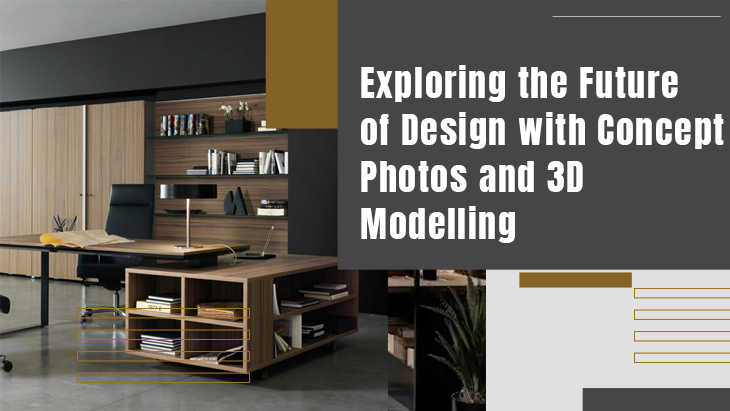



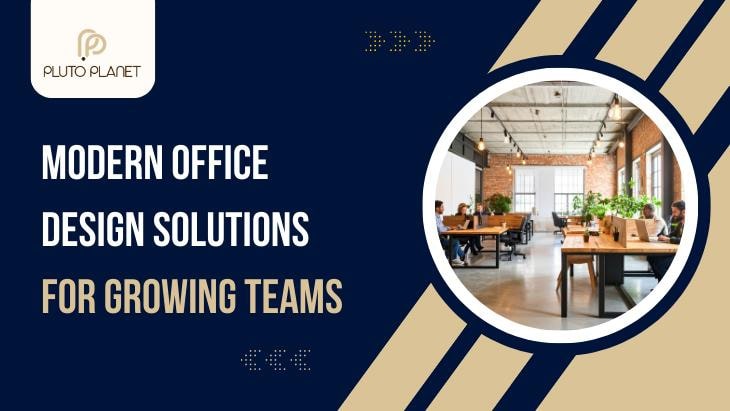
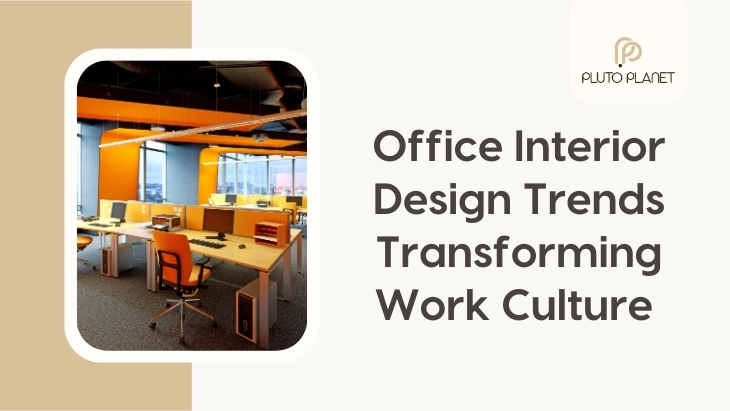
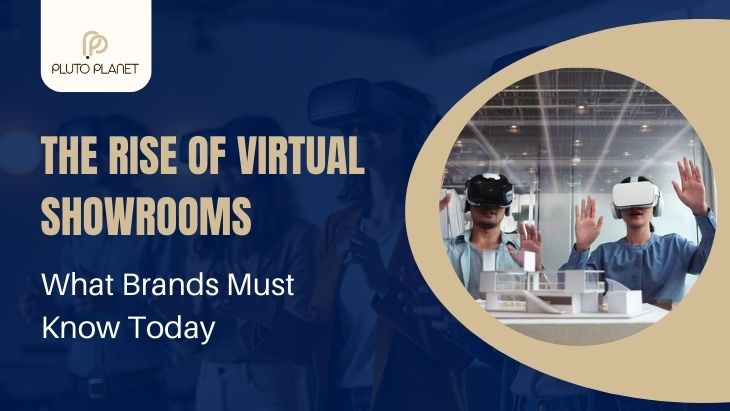
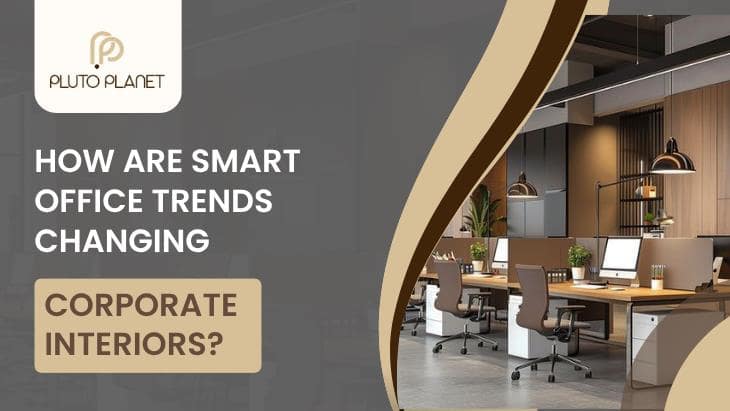

Leave a reply